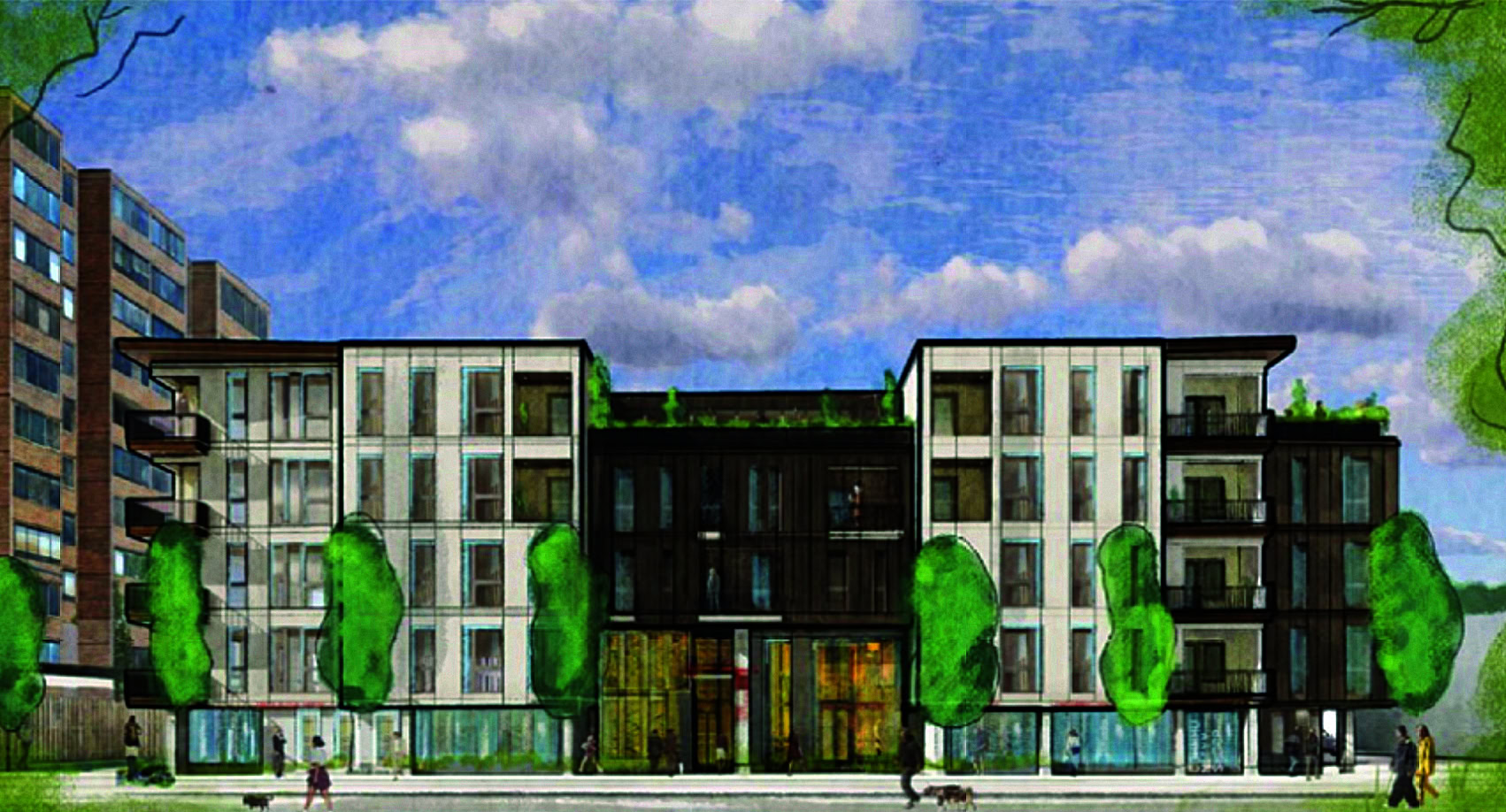
By Grace Peng
I am a homeowner at Horizon West, 1850 Folsom St., next door to the proposed development at 1840 and 1844 Folsom St. The proposal being considered by Boulder’s city council Thursday night is to redevelop two office buildings into 183 new homes with retail on the ground floor.
I am happy that Boulder will get more badly needed homes in an area where people don’t need a car to meet their daily living needs.
The area is in the FEMA 500-year extension flood plain. Although I did not live there at the time of the 2013 flood, neighbors told me that water poured off Folsom and Walnut and through our property.
The parcels at 1840 and 1844 Folsom are currently mostly asphalt parking lots and rooftops. The merged parcels are an opportunity to de-pave part of a heavily paved over and flood-prone area.
I urge the city and developers to keep as much of the parcels permeable as possible.
There are several ways to reduce impermeable surfaces that do not negatively reduce developability of the parcels. We can reduce the parking requirements, we can increase the height (for the same volume as a broader, lower building), or we can dig a giant hole for subterranean parking as the hotels at 26th and Canyon have done.
In the words of UCLA professor Donald Shoup, “Minimum parking requirements act like a fertility drug for cars.”
Millard-Ball et al. used residential housing lotteries to show that households that start with the same amount of cars jettison or accrete more cars based on how much parking is provided at their new homes.
1840 and 1850 Folsom have a Walk Score of 92/100 and Bike Score of 100/100. The addition of protected bike lanes along Folsom St will add to the already great bikeability of the area.
Developers should consider reducing car parking with bike parking. The bike storage room at 1850 Folsom is heavily utilized and a selling point for new residents. The city process should ensure there are larger spaces in 1840 and 1844 Folsom for cargo bikes as well.
Residents of 1850 Folsom have only one parking space per unit, regardless of size. We manage. Enough people own zero cars to rent spaces to those with two cars. The addition of car rentals at 26th and Canyon will make it easier to live car-free or car-light in the area.
Secondly, I am concerned about how the driveways for existing and new development along Folsom will negatively impact cyclists in the planned protected bike lanes. I hope city staff will consult with traffic engineers that specialize in bicycle infrastructure to minimize the danger to cyclists. This is another reason not to invite cars to the new development by provisioning more parking.
Thirdly, I want to discuss height. The “preserving views” argument never made sense to me. Won’t the buildings create more views for the people inside of them and more to view for the people outside of them?
It is the City of Boulder, not the Village of Boulder. Why would a city skyline that includes buildings in front of the mountains be a bad thing instead of a point of pride?
There is no definitive answer for whether low and broad or tall and skinny is more aesthetically pleasing. But we do know that more permeability is better and less parking results in lower car ownership and less driving.
I researched the history of Boulder’s height limit and learned that one of the architects of the height limit, Ruth Wright, lived in 1850 Folsom, the very building that alarmed her back in 1969. After the trees grew in, this building sits more lightly and gracefully than shorter, newer buildings.
In reading Wright’s oral history of the Boulder height limit, I learned that the fight for a height limit was wrapped up in fears of population growth in Boulder. In 1969-1970, civil rights and fair housing legislation and court decisions had the potential to dramatically change Boulder’s complexion. Height limits are a facially neutral way to curb growth of the “wrong” kind. In 2024, part of our DEI efforts should be to critically reexamine our old rules and their motivations and to try to do better.
I love my home at 1850 Folsom. Some of my neighbors on the south side of the building are concerned about losing light and views, and I want to minimize the impact on them. But I also don’t want to harm the feasibility of badly needed new homes.
We can satisfy both by building taller and narrower, just like the building next door.
Grace Peng earned her PhD in Chemical Physics at CU/JILA. Until 2016, she was clueless as to why Boulder banned all her living situations: a large house with four unrelated roommates, a large house subdivided into four apartments and an 11-story building.
This opinion does not necessarily reflect the views of Boulder Weekly.
